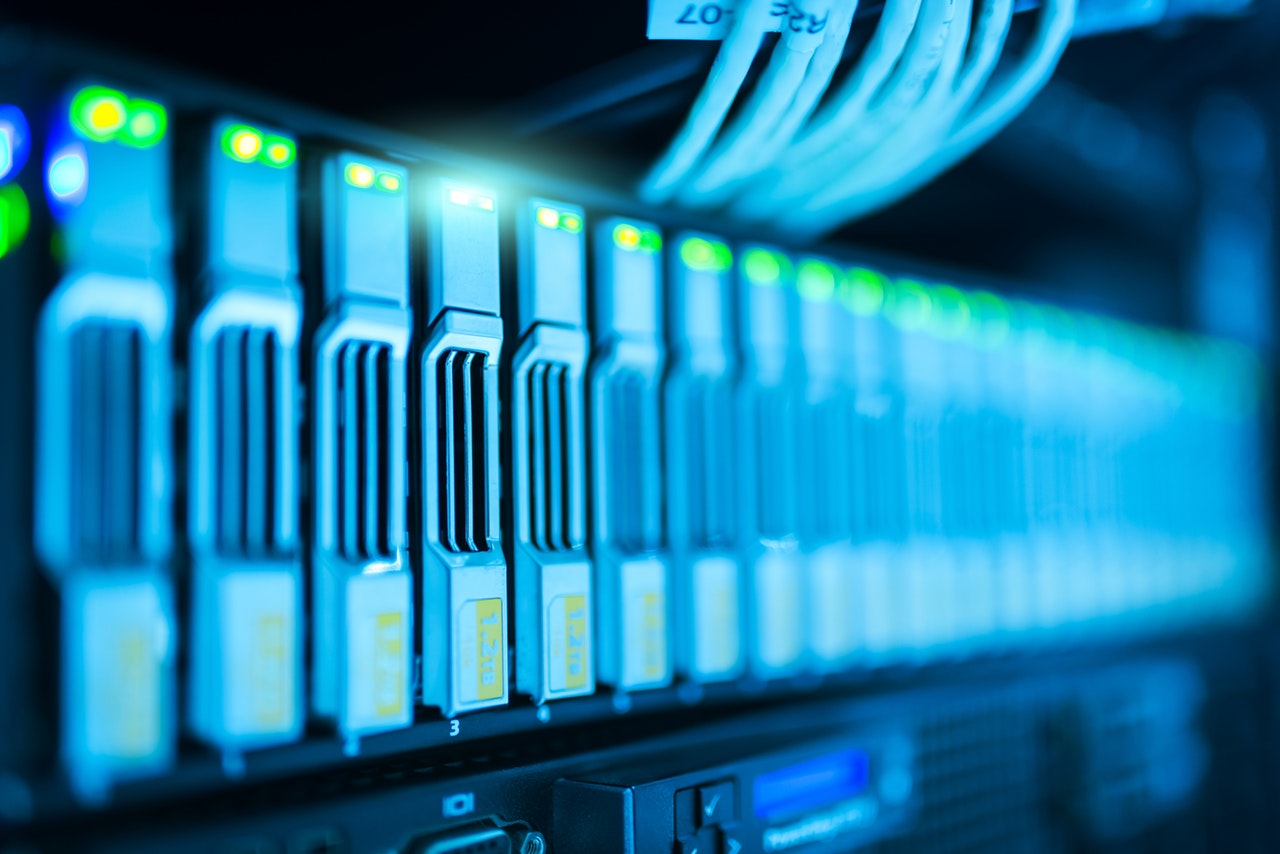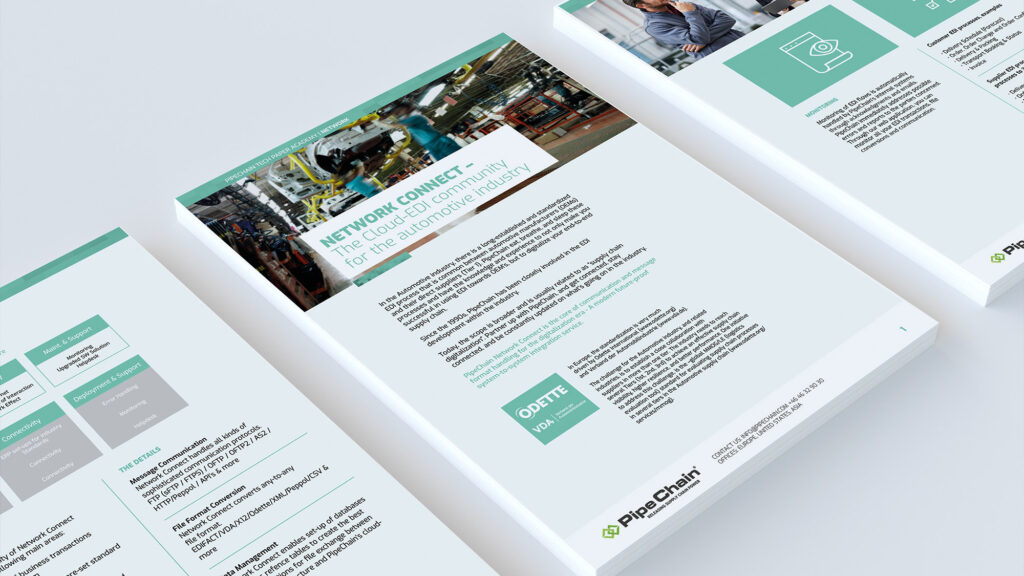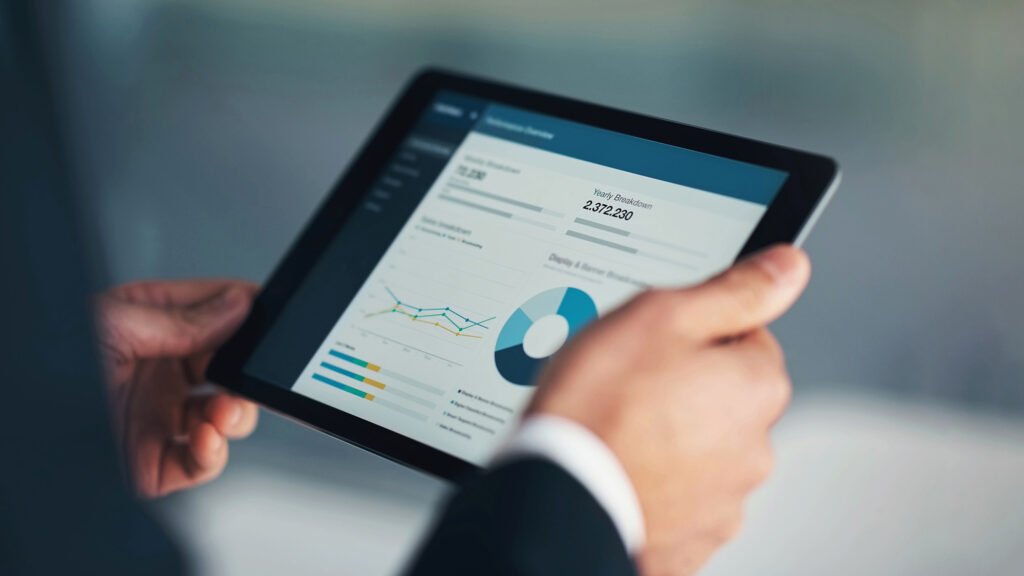
The new in the digital supply chain
We all must adapt to the new global, complex digital economy that we now live in. Something which is also true for supply chain. The supply chain of yesterday may now be incapable of handling the problems and challenges of today. Challenges such as meeting constantly shifting demands and complex supply chain networks. In many industries supply chain processes are ready for changes.
The biggest change that has come to digital supply chain management is the use of data from end-to-end processes. Data is collected from the initial demand signal from the customer, from the manufacturer that creates the item and the supply partners that deliver the product. It all comes together I the digital supply chain. And the key to succeed in this digital market is agility, speed and the employment of new emergent technologies.
An internet made of things
The source of a large amount of data is from the internet of things, or IoT. As the cost of IoT sensors as decreased its use have steadily increased. You can now embed them in almost any product moving through your supply chain and then extract useful data. All the time and in real-time. IoT sensors allows for unprecedented levels of supply chain visibility by extracting data all the way from production to supplier and finally to customer.
These kinds of sensors also allow insights and predictions into customers’ demands and needs. For example, a machine might need replacement parts due to wear or a storage unit is running out of a specific product. Based on this data on KPI flags can be raised and trigger the required supply chain process automatically. In the end making replenishment and replacement seamless which further increases efficiency and decreasing overhead.
Data in – data out
We now have a massive amount of data streaming in from sensors all over the supply chain. This data is of little use unless we can prune it for useful information, analyze it and finally respond to it quickly. By forsaking the old siloed business intelligence approach and instead holistic coordinated approach enables analysis in real-time based on all data gathered. One of the later goals of data analytics is to detect pattern and discrepancies. The problem is that there is too much data for a human to handle. Machine learning algorithms are necessary.
Self-learning machines can be set up to notice data patterns that otherwise would be invisible for a human. Perimeters and triggers can be set up to let the machine to act accordingly to certain events or obstacles. Whenever it may be signaling to the appropriate supply chain segment or even solving the problem by itself. It could be as simple as planning the most efficient route based on traffic, something that many mobile apps already do. Or maybe a certain manufacturer can’t keep up with the demand and adjustments need to be made in the supply chain.
In the end there are as many different application cases for emergent technology as there are companies using them. But in the end the foundation of these different application is the use of data and data analytics. The use of which allows for faster, more agile and more accurate decision making. The use and proper implementation of these emergent technologies will differentiate the successful from the unsuccessful companies.
Insights

If you are interested in learning more about how to create a powerful connected supply chain, here are our latest insights.
Tech papers

To help you get a deeper and better understanding of our solutions and your supply chain, we have developed a number of detailed tech papers on different subjects.
-
Necessary
These cookies are not optional. They are needed for the website to function. -
Statistics
In order for us to improve the website's functionality and structure, based on how the website is used. -
Experience
In order for our website to perform as well as possible during your visit. If you refuse these cookies, some functionality will disappear from the website. -
Marketing
By sharing your interests and behavior as you visit our site, you increase the chance of seeing personalized content and offers.


